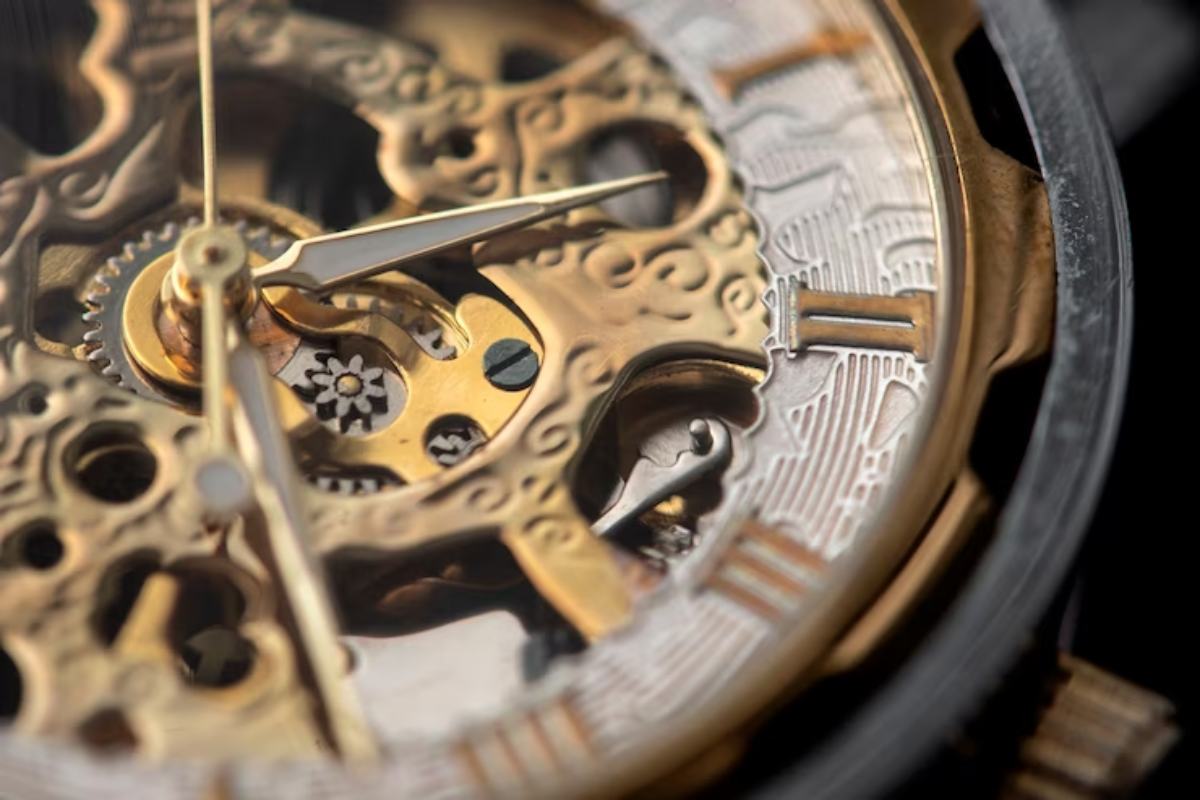Rolex is a name synonymous with luxury, precision, and timeless elegance. The brand has established itself as a worldwide leader in the watchmaking industry, renowned for its exceptional craftsmanship and iconic designs. From its humble early stages to its current status as a symbol of prestige and success, the history of Rolex is a fascinating journey that spans over a century.
Table of Contents
The Early Years
In the vibrant city of London, England, the inception of Rolex took place in 1905, courtesy of the visionary minds of Hans Wilsdorf and Alfred Davis. Initially named “Wilsdorf & Davis,” the company started as a watch movement importer, sourcing Swiss movements and fitting them into high-quality watch cases. In 1908, they registered the trademark “Rolex,” a name that would soon become synonymous with innovation and excellence in watchmaking.
Innovation and Milestones
Rolex quickly became known for its innovative spirit. In 1910, the brand was the first to receive the Swiss Certificate of Chronometric Precision, a distinction that recognized the outstanding accuracy of its timepieces. In 1926, Rolex introduced the Oyster, the world’s first waterproof wristwatch, revolutionizing the industry. The Oyster’s hermetically sealed case paved the way for Rolex’s reputation for durability and reliability.
The Birth of Icons
Throughout the 20th century, Rolex continued to innovate and create iconic timepieces. In 1927, Mercedes Gleitze swam across the English Channel wearing a Rolex Oyster, demonstrating its waterproof capabilities. This feat propelled the Oyster’s popularity and solidified Rolex’s association with adventure and achievement. In the 1950s, Rolex introduced the Submariner, a diver’s watch that became an instant classic. The Submariner’s robustness, functionality, and timeless design have made it a coveted timepiece for watch enthusiasts worldwide.
Prestige and Cultural Significance
Rolex’s watches have graced the wrists of notable figures, from world leaders to explorers and celebrities. The brand’s association with achievement and success has made it a symbol of prestige and luxury. The Rolex Daytona gained cultural significance when it became the preferred watch of racing legend Paul Newman. Today, vintage Daytonas are highly sought after by collectors, fetching record-breaking prices at auctions.
A Legacy of Excellence
Rolex’s commitment to precision and craftsmanship has propelled the brand to unparalleled heights. Each Rolex watch undergoes rigorous testing and meticulous attention to detail to ensure exceptional quality. The brand’s in-house research and development teams continually push the boundaries of innovation, introducing advancements such as self-winding movements, chronometers, and materials like Cerachrom and Everose gold.
The Iconic Status Today
Rolex’s dedication to excellence and its unwavering pursuit of perfection have solidified its iconic status in the watchmaking industry. The brand’s timepieces are not only admired for their technical prowess but also cherished as symbols of accomplishment and refinement. The Rolex crown has become a recognizable emblem of success and prestige, adorning the wrists of discerning individuals worldwide.
As Rolex gained popularity, it found a strong presence in London through esteemed retailers such as The Watch Exchange London. With their expertise and commitment to providing exceptional timepieces, The Watch Exchange London played an integral role in establishing Rolex’s reputation and success in the British market.
From its humble early stages in London to its global prominence today, Rolex’s journey has been one of innovation, precision, and timeless elegance. The brand’s rich history, coupled with its association with The Watch Exchange London and other esteemed retailers, has contributed to its iconic status. Rolex’s commitment to excellence, groundbreaking innovations, and the enduring appeal of its iconic timepieces have solidified its position as a lead in the luxury watch industry.

